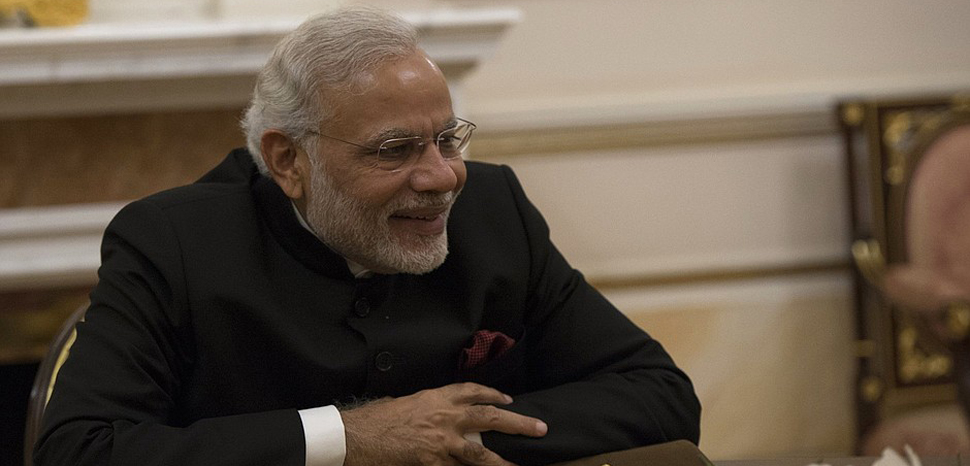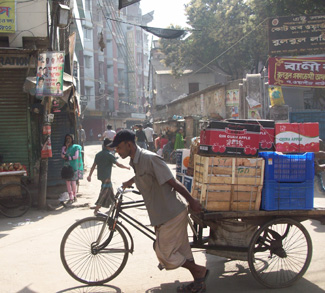Summary
Since first bursting into global consciousness in mid-2014 as they rampaged through Iraq – and later Syria – the militants of the Islamic State (IS) have looked to extend their reach eastward across Asia. The notorious jihadist group has since gone on to establish some form of presence in places such as Afghanistan, Pakistan, Bangladesh, Indonesia, and the Philippines. The group has also tried repeatedly to make inroads into India in recent years. But after a smattering of low-profile attacks and other IS-linked incidents threatened briefly to grow into something larger, this traction appears to have stalled.
India – a melting pot of cultures and religions encircled by terrorist-affected Pakistan and Afghanistan to the west, and Bangladesh to the east – appears at first glance to be in an ideal geographical location for IS to infiltrate, with segments of its population ripe for exploitation with its extremist ideological mantra. Yet India has experienced very little jihadist activity since the emergence of IS four years ago, despite its large population of 1.3 billion, of which an estimated 180 million are Muslims. With the risk so far averted, and as IS continues to weaken as a global force, is India free from the latest jihadi scourge?
Background
The first signs of IS activity in India emerged in May 2014, when four young engineering students from Thane – near Mumbai – were reported by local media to have travelled to Iraq to fight with the group. Since then, two terror attacks in India have been linked to IS, amid sporadic reports of recruitment in some areas of the country. The first of these occurred in December of that year, when an explosion outside a restaurant in central Bangalore killed one person and left four others injured. Several men linked to homegrown militant group Indian Mujahideen were arrested, but links between the suspects and IS could not be proven, despite speculation. A second bomb attack however was claimed by IS on 7 March 2017, when a powerful explosion ripped through a passenger train on the Bhopal-Ujjain line near Jabri railway station. The attack left ten civilians injured, and marked the first terrorist attack in India with definite links to IS. Police soon identified the perpetrators as belonging to a local jihadi cell spread across the states of Madhya Pradesh and Uttar Pradesh, making at least seven arrests in the days which followed. The alleged mastermind of the attack – named in media reports as Saifullah – was killed during a siege at his home with elite police counter-terrorism officers in the city of Lucknow.
These attacks appear minor when compared to the scale of the marauding three-day gun rampage in Mumbai in November 2008, which left at least 174 people dead, including 20 members of the security forces and 26 foreign tourists. More than 300 people were also injured during the assault, which sent shockwaves across the country and is often referred to as India’s 9/11. The onslaught was carried-out by ten Islamist militants from the radical Lashkar-e-Taiba group based next door in Pakistan, harming relations and igniting concern from India over the alleged safe-haven provided to terrorists in Pakistan.




